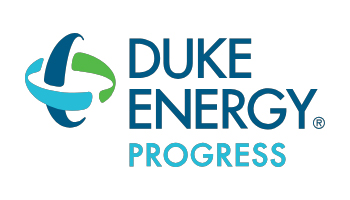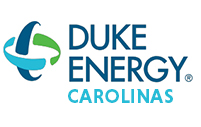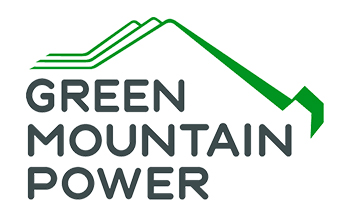EnergyBroker - Frequently Asked Questions
Just go to the website, https://www.fortresspower.com/energybroker/application/, and fill out a short form. If you live in California, you’ll be directed to your utility website to approve their sharing of your data. Then check your email to digitally sign your contract. The process only takes a few minutes.
Yes. It is a perk for commercial customers and residential customers who have Fortress Power inverters and batteries. Note a Guardian is required for systems with an Envy inverter.
No. Commercial customers are also eligible. Some regions have size limitations so please contact us to verify your eligibility and potential value.
The value of load flexibility varies across each region. Please see your region-specific material or contact us for a personalized answer. The value is based on how much energy you can provide the utility or market after considering your solar generation and energy usage. You can adjust the battery capacity provided by emailing [email protected].
The programs vary across states and utilities. In Puerto Rico, it could range from 75 to 125 events per year. In New England and New York, there may be 30 to 75 events each year. In California, there could be several each week.
EnergyBroker is a Fortress Power service – available across the United States. In some regions, like Puerto Rico, the energy can only be sold to the utility. In other regions, like California, there are many buyers and sellers – it is more like our financial markets. We find the most valuable ways to use the energy and get the most value for the customer.
Most outages are driven by weather events. EnergyBroker is constantly monitoring the weather for conditions that could cause outages. If any are detected, the batteries are fully charged and remain so until the weather pattern has passed. Other shorter outages can occur at any time. EnergyBroker always reserves some battery capacity for any such outages, but the full capacity is not available right after an event.
Absolutely. By default, EnergyBroker reserves 20% of the battery capacity for any unexpected outages. You can adjust this by emailing [email protected], the inverter display, or the Envy: Fortress Power app.
The electricity from the battery first meets the household load. If energy can be exported to the grid (this depends on the location and program), the energy physically goes to the grid and consumed by the nearest load.
You can opt out of an individual event or time period by emailing [email protected], the inverter display, or the Fortress Power app.
You can opt out of an individual event or time period by emailing [email protected], the inverter display, or the Fortress Power app.
Any electricity exported would also quality for net metering credits. Some demand response events don’t cause energy to be exported. They only reduce the amount of energy consumed from the grid. In this case, energy discharged from the battery would not collect net metering credits as no additional electricity is exported to the grid.
Some demand response events cause energy to be exported to maximize the financial value of your net metering credits.
No. The battery warranty has two elements, cycles and years. If you discharged a battery with an 8,000 cycle warranty twice day, it would take about 11 years to use the number of cycles. (8,000 divided by 365 divided by 2). The lifetime of lithium-ion batteries is more often limited by time (calendar years). Most battery warranties specify a period such as 10 years. Using the battery does not reduce its lifetime.
Lithium-ion batteries actually last longer if they are used regularly. Keeping Lithium-ion batteries continuously charged over 90% actually reduces the battery lifetime. In fact, the ideal state of charge for a battery’s lifetime is 40% to 50%. This is why batteries are shipped at this charge level. Lithium-ion battery cells are under stress when they are fully charged because the cells keep a higher voltage. For more information see: Battery University: How to prolong lithium-based batteries. Fortress Power, like many leading LFP battery manufacturers, regularly discharge a small portion of the battery regularly to maximize the battery lifetime.
EnergyBroker will not discharge the systems in ways that can negatively impact the battery lifetime. Batteries will not discharge below their minimum state of charge (normally 20%) unless grid power is out. The internal battery management system manages the cell temperatures and discharge rate to maximize the battery lifetime.
Some demand response events cause energy to be exported to maximize the financial value of your net metering credits.
Most battery systems are configured to charge only from a local solar array. Therefore, the energy provided is 100% clean and renewable.
No, installers just need to make sure the inverter is correctly commissioned, set up according to customer’s goal, and has a network connection.
Systems never exceed the maximum continuous discharge rating. However, as many events are scheduled for two hours, the battery systems actually discharge at a much lower rate.
Fortress Power will email you a check. This check can be printed out or electrically deposited. If you prefer a paper check, there is an option to have the check mailed.
Fortress Power sends upfront incentives/ rebates within 10 business days of their acceptance. Performance payments are sent quarterly and mailed within 10 days of verifying the program performance with the utility.


















